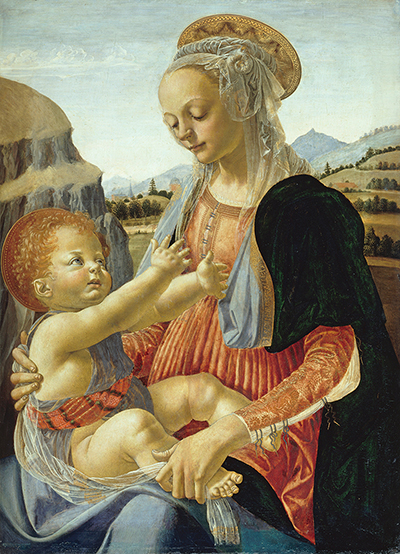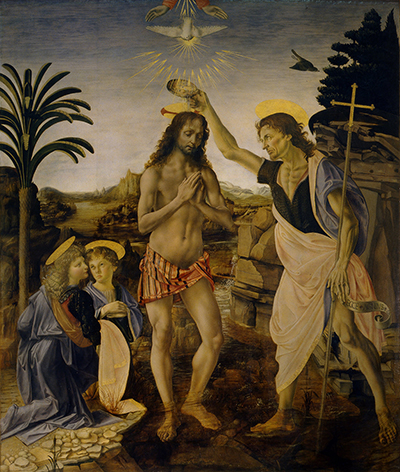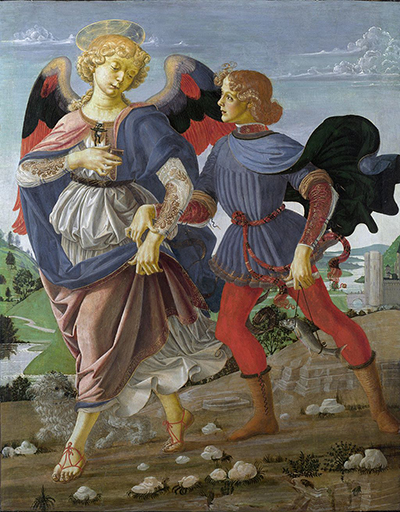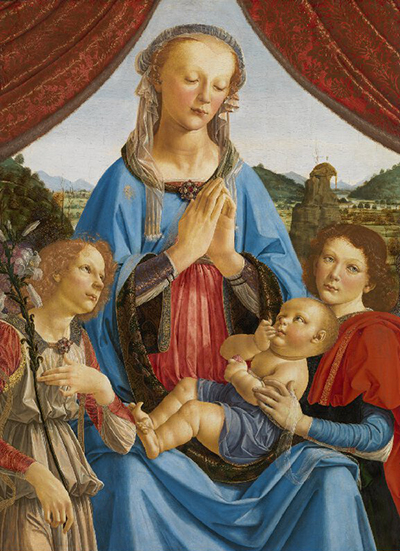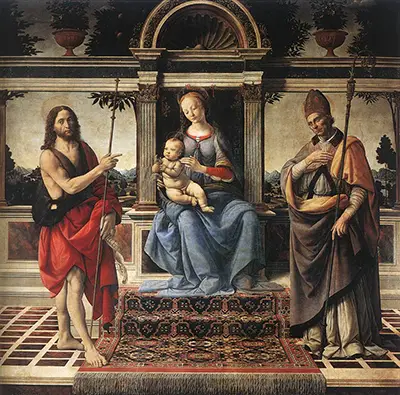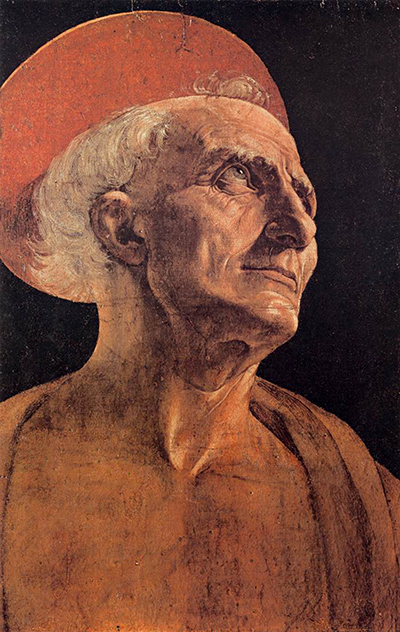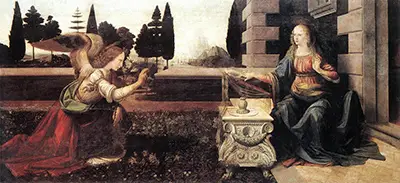Andrea del Verrocchio's studio produced many stunning paintings during their careers, often working collaboratively as the master showed the way to his talented pupils
Whilst Andrea del Verrocchio is considered, first and foremost, to have been a sculptor there is still much to enjoy from his contributions to painting. At this stage, of course, it was not oils that were being used but egg tempera. It is generally accepted that the later use of oils came from an influence of Flemish art.
The hardest challenge in learning about Verrocchio's paintings is that so many have unclear attributions. He famously worked with Leonardo da Vinci on The Annunciation and there are countless other examples of where he made use of his highly skilled assistants. In some cases he would provide study drawings as a guide to completing a certain part of an ongoing project.
The Renaissance was dominated by religious depictions and the oeuvre of Verrocchio is certainly no different in that regard. Florence was a hive of activity for the arts during this period but most of the donors would require content along these themes. Generally the artworks would decorate the interior of cathedrals and the like. Scenes from Christ's life were particularly common and served as a reminder to followers of sacrifices made by others.
The artist would use his impressive drawing skills as the basis for most of his portraits, and would also practice his handling of light and shadow with study drawings before undertaking the main painting. Initially he would teach Da Vinci within their studio as very much a one-way relationship before his young pupil started to mature and the master would start to learn much himself.
There is a famous quote from Giorgio Vasari who explained that once Verrocchio had realised that one of his pupils (Da Vinci) has surpassed his technical abilities within painting, he would no-longer make use of this medium. That may or may not have been true and it is impossible to verify either way now, but there can be no doubt that by the time his career had peaked the artist had pretty much turned his back on painting.
The influence of Verrocchio in his pupils can be found in subtle details of much of their work. Several of his portraits remind us of some of Botticelli's style for multiple Christian depictions and it is believed they were in contact within Florence on occasions. There is also a clear similarity between the angle of pose within female portraits, with the head just turned to the right. His drawings provide the simplest example of this, when compared to near identical study sketches by Leonardo. See also these quotes from his lifetime.



